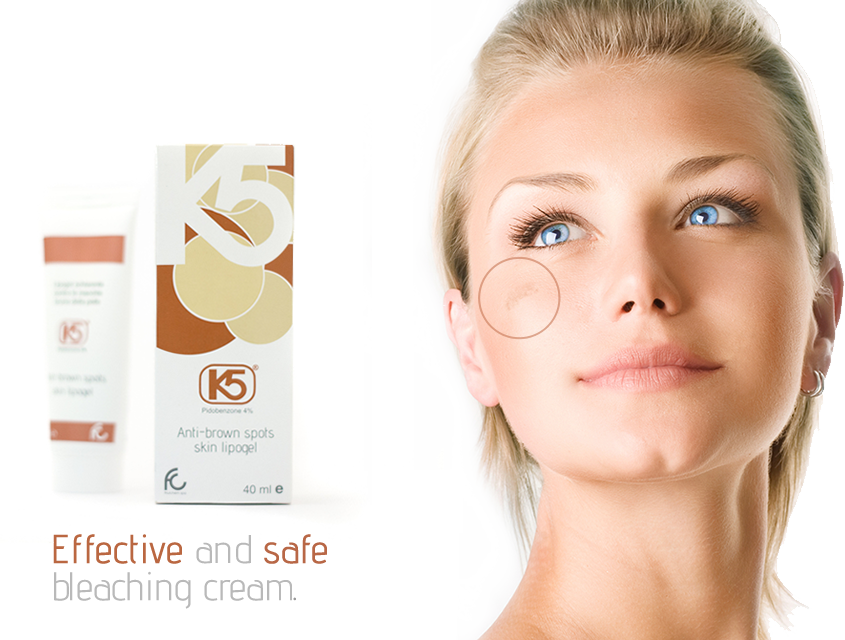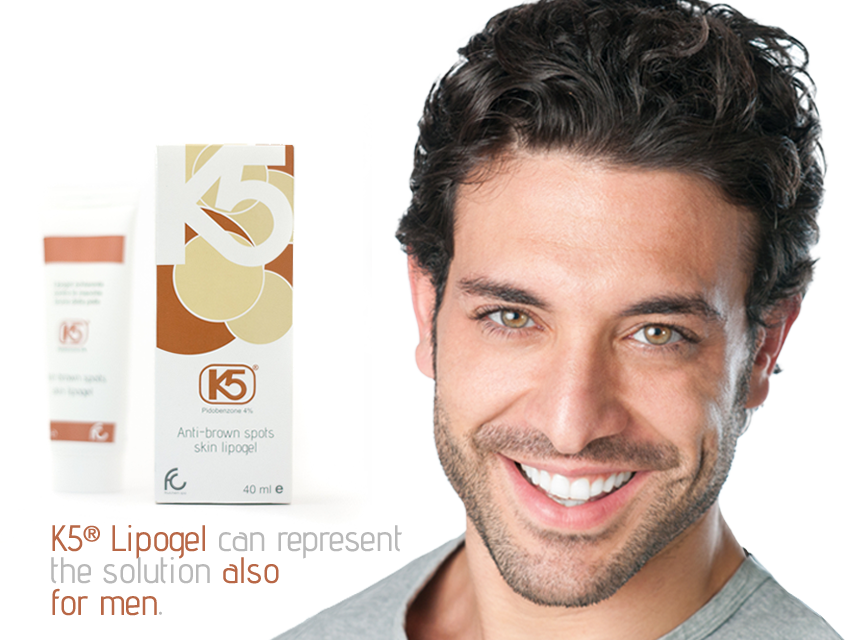Photoaging is manifested by various events. One of the most obvious is solar elastosis. This term describes a condition characterized by the accumulation of material containing elastin under the epidermal dermal junction. It is believed that this is one of the possible damages associated with exposure to solar radiation. This situation is particularly evident in older people who have had chronic exposure to the sun. Solar elastosis is generally considered a biomarker for cumulative sun exposure, because, from the histological point of view, it represents the most typical aspect of extrinsic aging.
Solar elastosis is, therefore, a degeneration of the skin that particularly involves the connective tissue that is a fundamental constituent of the dermis layer. Because of this degenerative process, the skin loses its elasticity.
Of course, the skin does not remain the same over the years; however, certain factors can accelerate this process and these modifications. Among these is, for example, excessive, prolonged, and repeated exposure to UV rays for professional reasons or personal choice. Even if we don't realize it, whenever the skin is exposed to these sun rays without protection, it suffers a slight damage. In itself, the damage would be minimal, but if added up to all the times an individual is exposed to the sun in the course of his life, the damage can become quite serious. The negative effects can therefore be evident even many years after exposure. In fact, it is as if the skin does not forget accumulating from day to day.
In reality, exposure to UV rays is not the only cause of solar elastosis. In fact, even some substances found in medicines, foods, creams, etc... can have a toxic effect on the skin, that results in solar elastosis.
Elastosis is an accumulation of amorphous material of elastin. UV rays cause a thickening and winding of elastic fibers in the dermis, and damage and skin changes are amplified with chronic exposure to UV rays.
Studies on melasma show that in the skin with lesions of this type, solar elastosis is more developed than in the skin surrounding wounds, suggesting that skin change can influence the development of these hyperpigmented spots.


